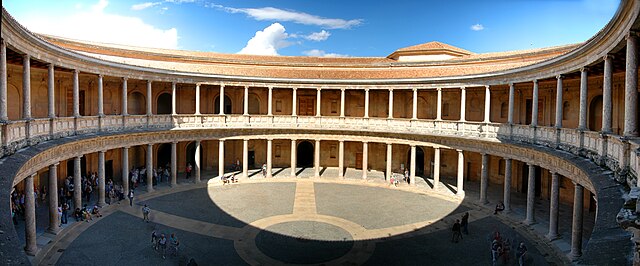We just learned about the Wooden Budda by Enkū.
Another famous Japanese sculpture is the Mokujiki Shonin.
Just like Enkū that we learned about, Mokujiki Shonin was a monk who traveled around and talked to people.
Once when he was visiting a village, he saw a sculpture of Buddha made by Enkū, and decided to become a sculptor just like him.
His sculptures always seemed very free and rough, close to nature and happy.

(from: wikipedia - mokujiki shonin)
Kid Facts - Blast from the past: George Washington - Greenough









